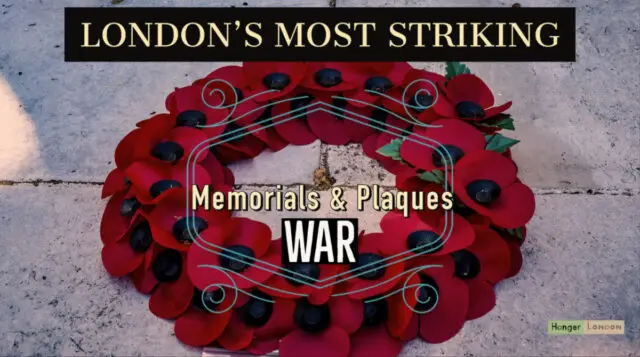In the month of Remembrance Sunday, we take a look at some of the most notable London remembrance plaques, statues and decorations. From the Polish RAF memorial at the RAF church of St Clement Danes to HMS HOOD plaque by the Tower. Take a day to yourself and explore the snippets of history left around.
After War, comes remembrance, reflection and sometimes, the event is formally recognised each year. Any casual stroll through the streets and parks of London, you will at some point come across either a statue, a memorial or plaque. Some statues mark the men and women who served on the ground, some statues mark the one in charge, be it a private citizen of some wealth, a political figure of some prominence or a king or Queen. London has such a interwoven back catalogue of history, that memorials are sometimes shoulder to shoulder to events decades or even centuries apart.
RAF Church St Clement Danes Polish Memorial
Opposite the Royal Courts of Justice, lay the Anglican Church of St Clement Danes, built in 1682. The church became the central church of the Royal Air Force after the RAF had successfully appealed for fund to restore it after damage sustained during the Second World War.
On the floor of the church, in mistakable welsh slate, is inscribed the names of 800-900 RAF commands. One in particular that stands out is the white feathered eagle of the Polish memorial to Polish Airmen who flew with the RAF during the Second World War. The most famous Polish squadron in the RAF was No. 303 Squadron which flew out from RAF Northolt.
303 Dywizjon Myśliwski “Warszawski im. Tadeusza Kościuszki”
shortened to Dywizjon 303
In Polish
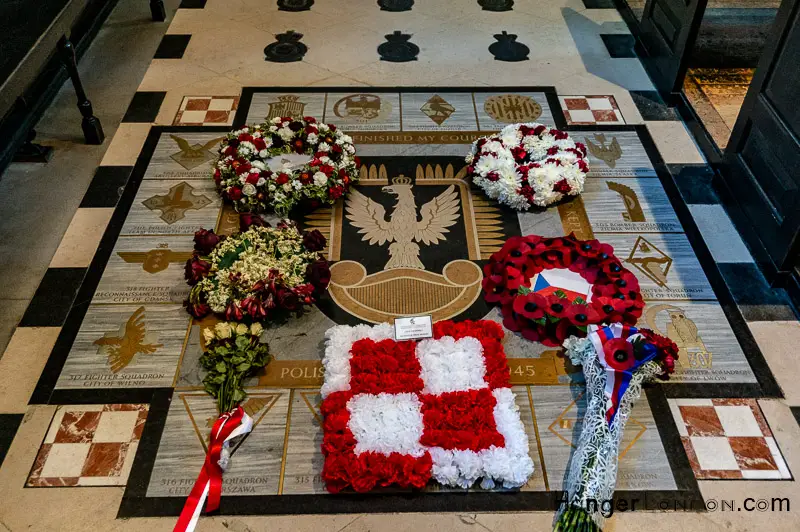
Blitz Memorial The National Fire Fighters Memorial
When the bombs kept falling the building kept standing, if there was a ever a London Land mark that stood firm during the Blitz it surely has to be Christopher Wrens St Pauls Cathedral. what better place in London, that may have not been the epi-centre of the London Blitz, but became the icon of the cities defiance to it, than to lay to rest the National Fire Fighters memorial.
The London Blitz ran for 57 consecutive nights, battling the fires each night was London’s Fire Brigade 2,500 officers, with an extended army of 28,000 auxiliary fire fighters, with more than 500 pumps.
The Axillary Fire Service (AFS) recruited personnel awaiting call up and recruited men too old or too young to be called up. Women did not tackle the flames directly, but they where employed in the many varied associated jobs, as fire watchers and providing work in other emergency service roles such as ambulance drivers.
In 1941 The National Fire Service (NFS) was formed bringing together all fire brigades in the country as a single service. at its peak the NFS had over 370,000 personnel, of which 80,000 were women.
The memorial was originally commissioned in 1990 and sat in Old Change court, commemorating fire fighters who lost their lives in London. In 2003 the memorial moved to the new location with the expansion of the memorial to include all fire fighters.




London Rifle Brigade Remembrance Plaque ST Boltoph BishopsGate
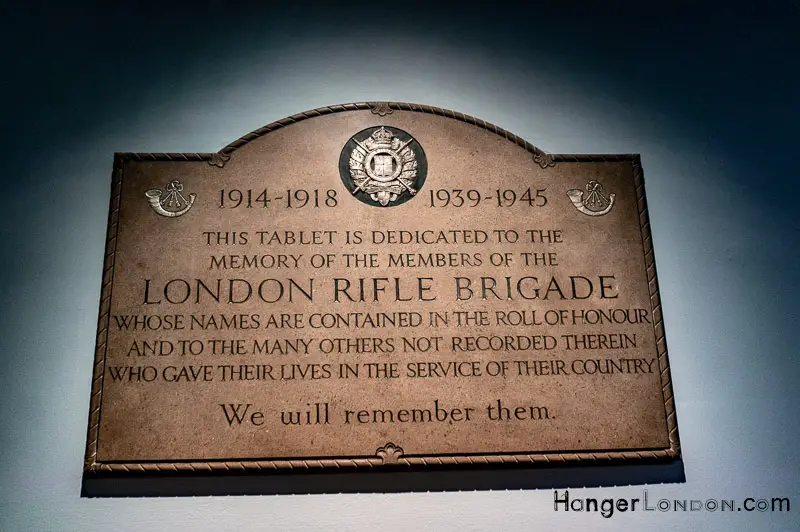
Holborn Royal Fusiliers Memorial
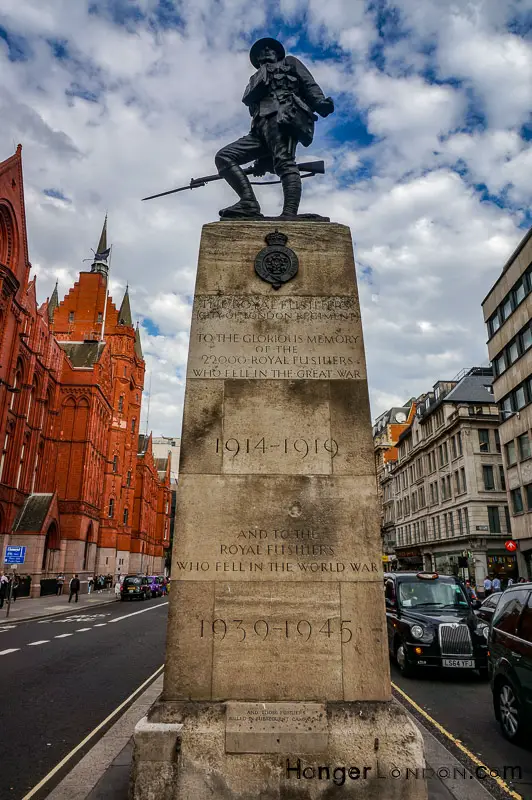
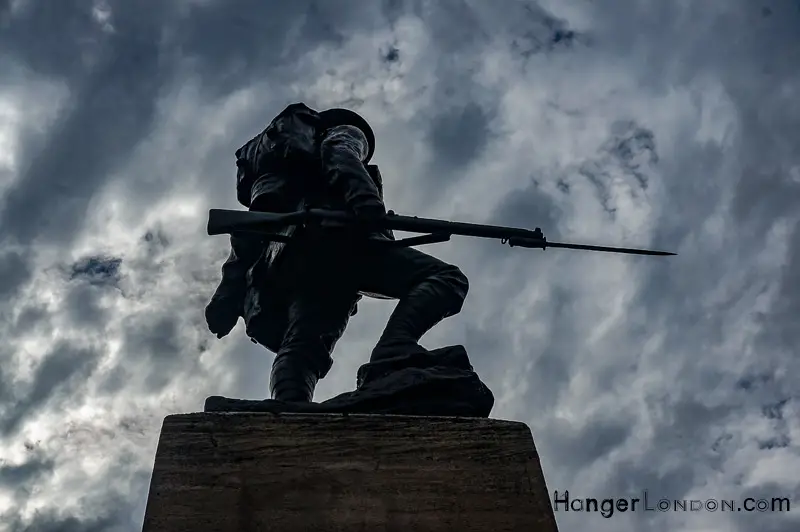
RAF Museum Hendon
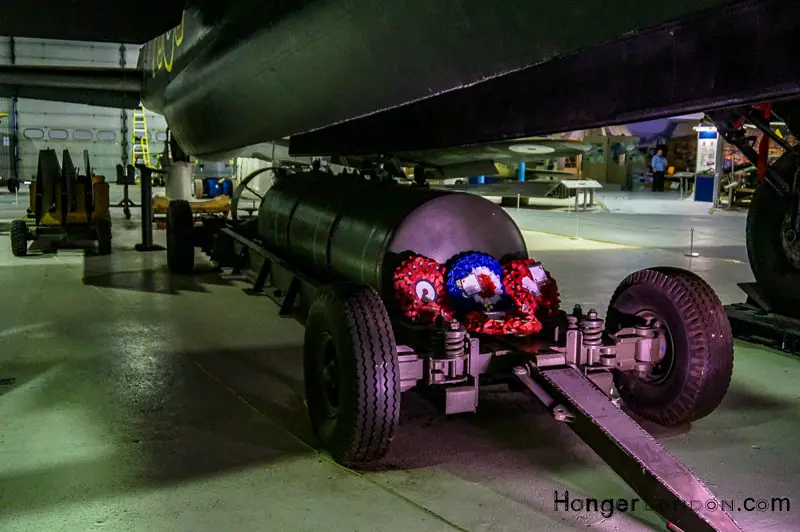
St Brides Remembrance


